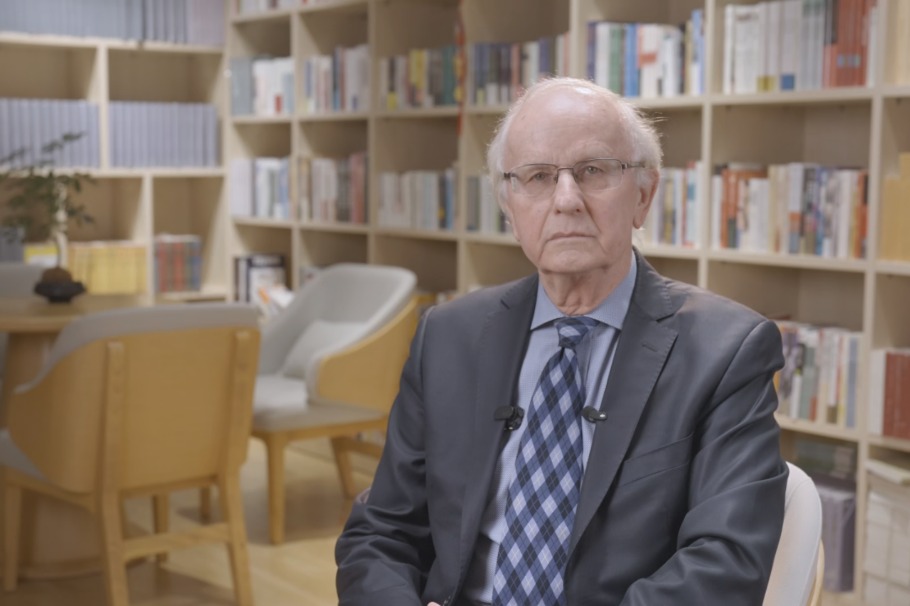China successfully tests recovering 7-ton spacecraft


Chinese researchers have successfully tested two major systems in recovering large spacecraft of more than 7 tons, a weight of US Orion spacecraft, and the breakthrough improves China's capability to reach the world leading level.
In the past, China's Shenzhou spacecrafts were around 3.5 tons and the recovery system included a single main parachute system and a back propulsion engine that could only be used once.
Recently, researchers from China Academy of Space Technology used a helicopter to drop the 7-ton model in testing the country's large parachute group system and heavy load landing buffer system (airbag system).
The parachute group system includes two deceleration parachutes for reducing speed in the early stage of reentry and three main parachutes. The deceleration parachutes are brand-new products. Researchers optimized the design of main parachutes to ensure the synchronization of inflation.
The airbag system includes multiple bags and researchers have achieved breakthroughs in the structure design and the active exhaust control technologies to keep the spacecraft's stability in landing.
The landing is in a very short time, and therefore, researchers have to use the most sensitive detectors to make the buffer system to make quick response under control. The airbag system could be reused.
The breakthroughs in recovery technologies could be used in rocket recovery and heavy equipment airdrop, and are very important for the country to go ahead on the manned lunar mission and pave way for recovering loads of 15 tons.
- Chinese sailor forced to halt Antarctic expedition after robbery
- French, Chinese artists revive industrial heritage in Hunan
- New engineering academicians vow to advance scientific innovation
- Former top railway official expelled from CPC
- Mainland says Taiwan's Lai a 'peace breaker' and 'troublemaker'
- New materials reinforce Nanjing war truth



































